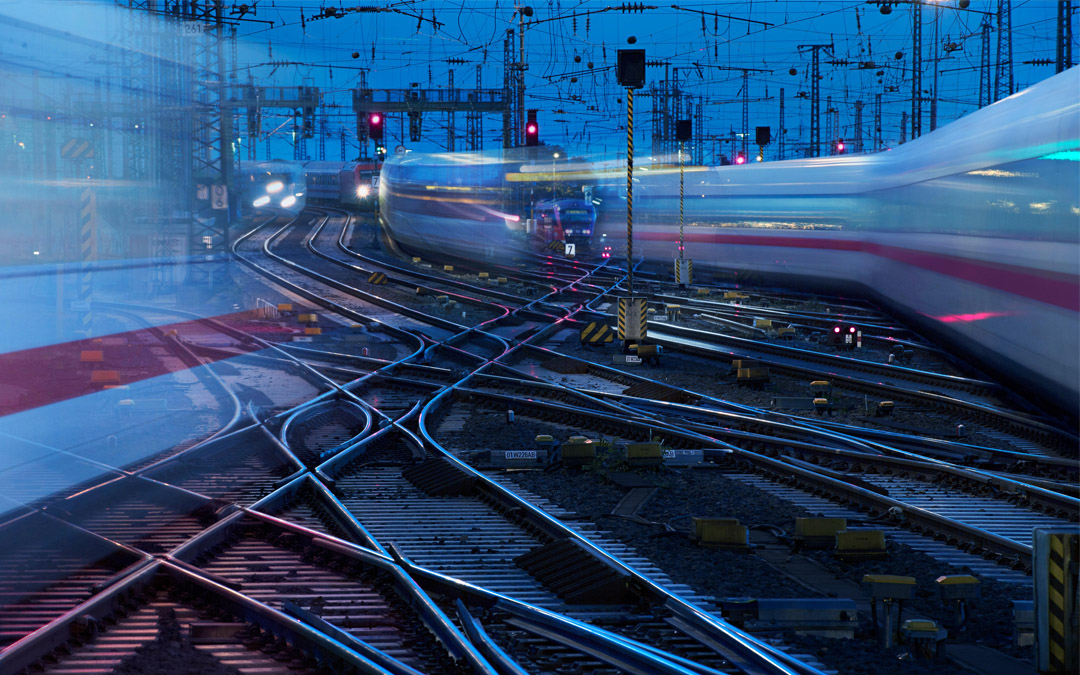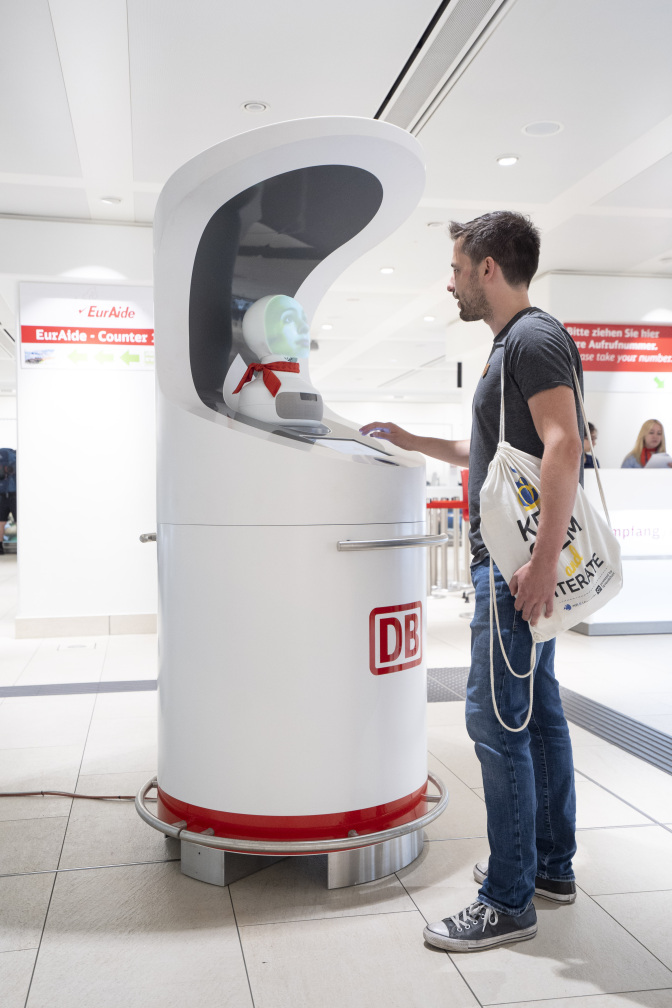“We want people in Germany to say: ‘Wow! Deutsche Bahn got me to my destination easily, cheaply, comfortably and reliably’,” announced Federal Transport Minister Andreas Scheuer in the fall of 2018.
This is to be achieved by digitizing the entire rail system – a mammoth project launched by the Federal Ministry of Transport and Digital Infrastructure (BMVI) together with Deutsche Bahn. The program, memorably referred to as “Digital Rail”, aims to drive forward the comprehensive introduction of new (digital) control and safety technology (European Train Control System – ETCS) and digital interlockings across the 33,000-kilometre railroad network. To implement this, Deutsche Bahn founded its own subsidiary for the digitalization of the rail network in 2019 – Digitale Schiene Deutschland GmbH.
Rail promises more quality and capacity, higher punctuality, lower costs
“Digital interlockings and ETCS technology are the basis for significantly more efficient rail operations as well as an increase in quality, reliability and punctuality,” emphasizes Deutsche Bahn, which also assumes significantly lower costs for operation and maintenance, which are still often incurred for analog technology – not to mention the economic benefits due to fewer delays and greater reliability of connections.
The capacity of the German rail system is also set to increase significantly with the introduction of the new ETCS train control system: Deutsche Bahn expects up to 20 percent more connections – and therefore thousands more trains per day – on the existing network without having to build new lines. This will benefit not least the climate, as more freight can be shifted to rail.

Graphic: Deutsche Bahn
One of three flagship projects of the “Digital Rail” – the other two projects are the Cologne-Rhine/Main high-speed line and the trans-European “Scandinavia-Mediterranean” corridor – is to be the Stuttgart metropolitan region. The first digitalized rail hub in Germany is to be built here by 2025. Investments of 462.5 million euros are estimated for the project. The plan: from 2025, long-distance, regional and suburban trains will run in the new Stuttgart rail hub on a network equipped with state-of-the-art digital technology. In addition to the new main station and other stations, more than 100 kilometers of lines are to be equipped with digital interlockings, the ETCS train control system and highly automated operation.
Artificial intelligence is also finding its way into the rail sector
Photo: Deutsche Bahn
In the future, however, ETCS and digital interlockings will not be the only things to come. Artificial intelligence (AI) will also gradually find its way into the rail sector. From the AI-powered service robot “SEMMI” (Socio-Emphatic Human-Machine Interaction), which deals with customer queries directly on site, to self-learning early fault detection for escalators – where acoustic sensors detect deviations from normal operating noises and alert a technician in good time – to the Intelligent Digital Assistance (IDA) project, in which a system uses images and videos to identify deviations from normal conditions and, for example, initiates snow clearance on the platform and detects and reports graffiti or damage to trains: AI systems are already being tested and further developed at Deutsche Bahn.


